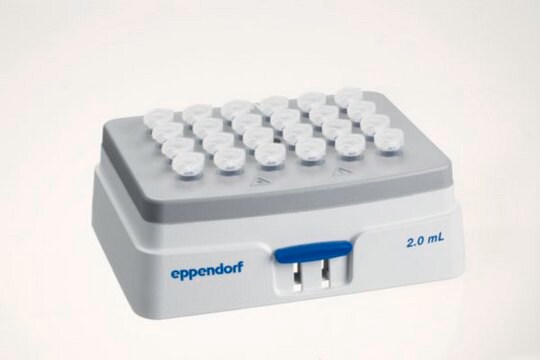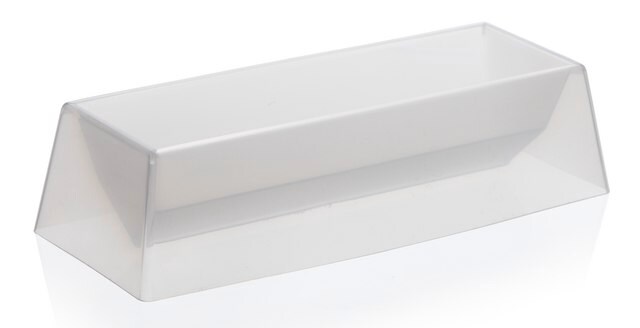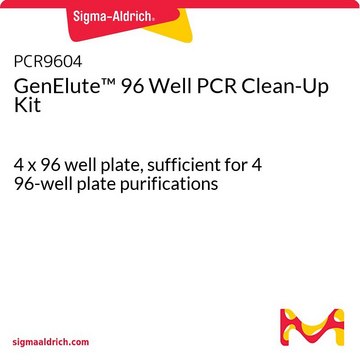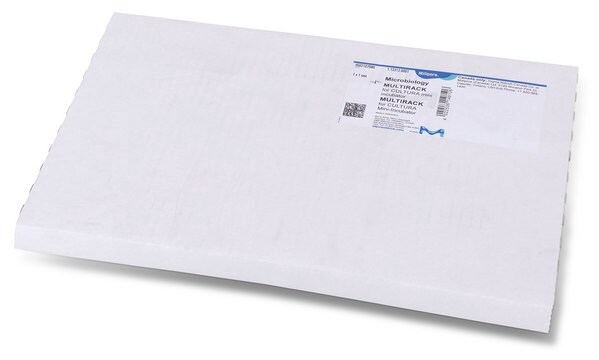ECM330
Human sE-Selectin-1 ELISA
Iniciar sesiónpara Ver la Fijación de precios por contrato y de la organización
Seleccione un Tamaño
Seleccione un Tamaño
Cambiar Vistas
About This Item
UNSPSC Code:
12161503
eCl@ss:
32161000
NACRES:
NA.84
Productos recomendados
description
analytes available: sE-Selectin-1
species reactivity
human
technique(s)
ELISA: suitable
UniProt accession no.
General description
FUNCTION: SwissProt: P16581 # Expressed on cytokine induced endothelial cells and mediates their binding to leukocytes. The ligand recognized by ELAM-1 is sialyl-lewis X (alpha(1->3)fucosylated derivatives of polylactosamine that are found at the nonreducing termini of glycolipids).
SIZE: 610 amino acids; 66655 Da
SUBCELLULAR LOCATION: Membrane; Single-pass type I membrane protein.
SIMILARITY: SwissProt: P16581 ## Belongs to the selectin/LECAM family. & Contains 1 C-type lectin domain. & Contains 1 EGF-like domain. & Contains 6 Sushi (CCP/SCR) domains.
SIZE: 610 amino acids; 66655 Da
SUBCELLULAR LOCATION: Membrane; Single-pass type I membrane protein.
SIMILARITY: SwissProt: P16581 ## Belongs to the selectin/LECAM family. & Contains 1 C-type lectin domain. & Contains 1 EGF-like domain. & Contains 6 Sushi (CCP/SCR) domains.
Components
· 1 aluminum pouches with a MicroWell™ Plate coated with Monoclonal Antibody (murine) to human E-Selectin · 1 vial (200 μL) HRP-Conjugated Anti-E-Selectin Monoclonal (murine) Antibody · 2 vials (100 ng/mL each, reconstituted) soluble E-selectin Standard, lyophilized {dissolve in 390 microliters for lot 0606032906}. · 1 vial lyophilized control serum · 1 bottle (50 mL) Wash Buffer Concentrate 20X (PBS with 1% TWEEN® 20)* · 1 vial (5 mL) Assay Buffer Concentrate 20X (PBS with 1% TWEEN® 20 and 10% BSA)* · 1 bottle (12 mL) Sample Diluent (buffered protein matrix)* · 1 vial (7 mL) Substrate Solution I (tetramethyl-benzidine) · 1 vial (7 mL) Substrate Solution II (0.02 % buffered hydrogen peroxide) · 1 vial (12 mL) Stop Solution (1M Phosphoric Acid) · 1 MicroWell™ Strip Holder · 2 Adhesive Plate Covers * reagents containing 0.01% thimerosal as preservative
Storage and Stability
Storage of Kit Components Store kit reagents between 2° and 8°C. Store the lyophilized control at -20°C. Immediately after use remaining reagents should be returned to cold storage (2° to 8°C) with the exception of reconstituted control (-20°C). Expiration date of the kit and reagents is stated on the kit box. Precautions: · Reagents are intended for research use only and are not for use in diagnostic or therapeutic procedures. · Do not mix or substitute reagents with those from other lots or other sources. · Do not use kit reagents beyond expiration date on label. · Do not expose kit reagents to strong light during storage or incubation. · Rubber or disposable latex gloves should be worn while handling kit reagents or specimens. · Some reagents contain thimerosal as preservative, which is highly toxic by inhalation, ingestion, or contact with skin. Thimerosal is a possible mutagen and should be handled accordingly. · Avoid contact of substrate solutions with oxidizing agents and metal. · In order to avoid microbial contamination or cross-contamination of reagents or specimens which may invalidate the test use disposable pipette tips and/or pipettes. · Use clean, dedicated reagent trays for dispensing the conjugate and substrate reagents. · Exposure to acids will inactivate the conjugate. · Glass-distilled water or deionized water must be used for reagent preparation. · Substrate solutions must be at room temperature prior to use.
Legal Information
MicroWell is a trademark of Thermo Fisher Scientific or its subsidiaries
TWEEN is a registered trademark of Croda International PLC
Disclaimer
Unless otherwise stated in our catalog or other company documentation accompanying the product(s), our products are intended for research use only and are not to be used for any other purpose, which includes but is not limited to, unauthorized commercial uses, in vitro diagnostic uses, ex vivo or in vivo therapeutic uses or any type of consumption or application to humans or animals.
Certificados de análisis (COA)
Busque Certificados de análisis (COA) introduciendo el número de lote del producto. Los números de lote se encuentran en la etiqueta del producto después de las palabras «Lot» o «Batch»
¿Ya tiene este producto?
Encuentre la documentación para los productos que ha comprado recientemente en la Biblioteca de documentos.
Nuestro equipo de científicos tiene experiencia en todas las áreas de investigación: Ciencias de la vida, Ciencia de los materiales, Síntesis química, Cromatografía, Analítica y muchas otras.
Póngase en contacto con el Servicio técnico







